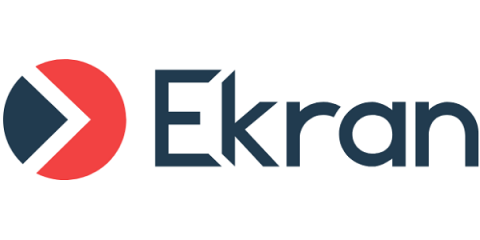Red Team Assessments - The Fundamentals 1.1
We’re in an age where information is king, misinformation is rife and mass data breaches are commonplace in the mainstream media. Ensuring the security of your organisation’s data, infrastructure and people is paramount and choosing the right service to secure those things is just as important. At Pentest People, we are now delighted to offer our new Red Team Assessment service to our customers. But what is a Red Team Assessment and how does it differ from a Penetration Test?











